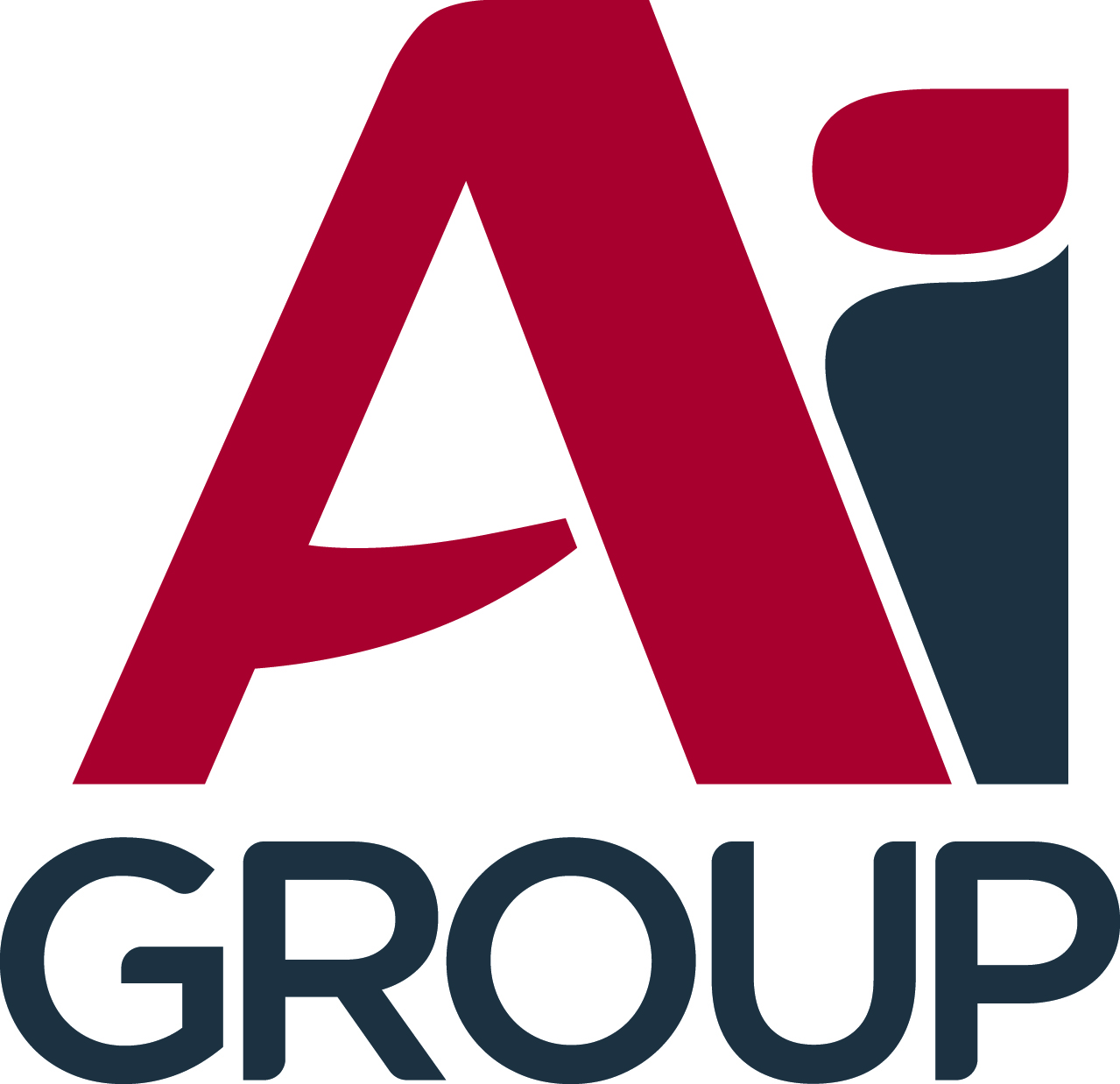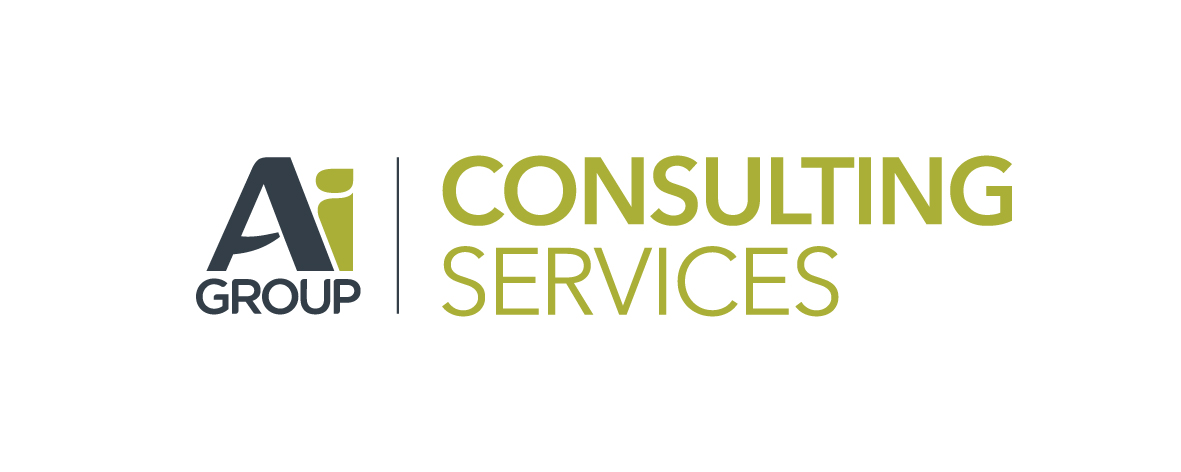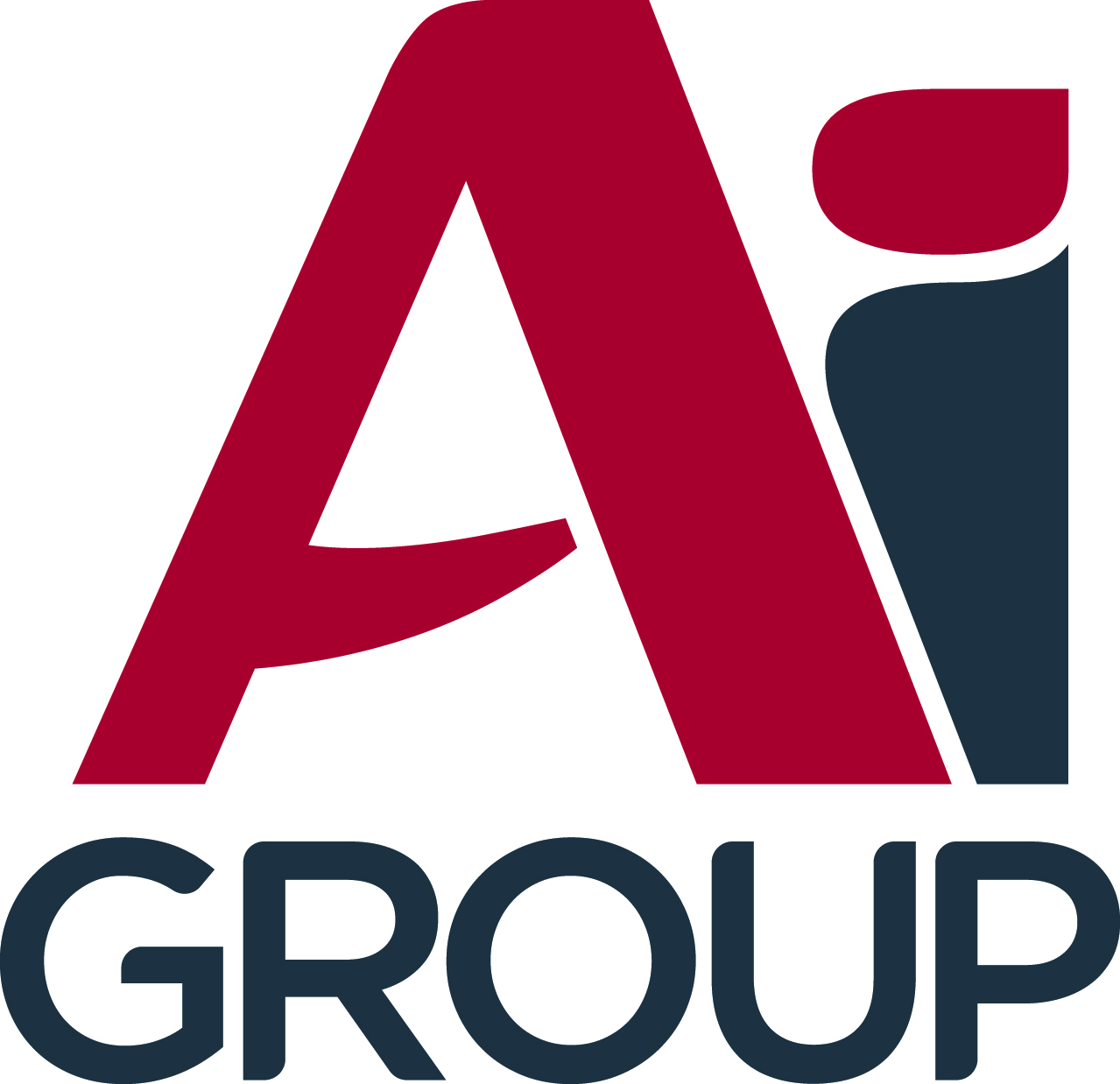Title Page
-
-
Conducted on
-
Prepared by
-
Organisation
-
Location
-
Site representative/s
Management Commitment
-
Has the organisation documented a commitment to its Chain of Responsibility obligations in a CoR Policy or similar?
-
Has the organisation assigned adequate resources to managing Chain of Responsibility obligations?
-
Has a risk management process for CoR hazards been implemented in the organisation?
-
Comments/Recommendations
Chain of Responsibility Roles
-
Have the chain of responsibility roles in the organisation been determined and documented?
-
Check all CoR roles that have been identified or are likely to be in the organisation
- Employer/Prime Contractor
- Operator
- Scheduler
- Consignor/Consignee
- Packer
- Loading Manager/Loader/Unloader
-
Comments/Recommendations
Contract Requirements
-
Do you have a statement in your supply chain contracts that you will not enter into a contract that you consider has a risk of causing the operator or driver to breach CoR requirements?
-
Do you have a statement in your supply chain contracts that you will not request of or make any contractual arrangements with, a third party to reward or encourage a driver to breach CoR requirements?
-
Do contracts with CoR parties include information on how you will comply and how you expect others to comply with CoR requirements?
-
Do contracts with CoR parties describe what you will do if other CoR parties don’t comply with their obligations?
-
Do contracts with CoR parties provide information on how you will share and act on information about CoR incidents and non-compliances?
-
Comments/Recommendations
Contractor and other CoR Parties Arrangements
-
Do you have a process for meeting regularly with other CoR parties to manage issues as they arise?
-
Do your have a process to review how the safety of transport activities is managed by CoR parties?
-
Do you engage drivers of heavy vehicles directly?
-
Do you include an agreement in driver and subcontractor declarations, contracts and inductions that they agree to adhere to the road rules?
-
Do you have a process that drivers and subcontractors must agree to self-declare infringement or enforcement action as a condition of employment or contractual engagement?
-
Comments/Recommendations
Speed
-
Has a risk assessment of speed risks been undertaken?
-
Have policies and procedures been developed to address speed risks?
-
Does the organisation schedule drivers?
-
Have the following been addressed in your policies and procedures?
-
A process that requires schedulers to plan driver schedules with appropriate time frames so drivers are not directly pressured, or feel indirectly pressured, to speed.
-
A process that requires adjustments and/or manages changes to schedules, including delays, so drivers are not directly pressured, or feel indirectly pressured to exceed the speed limit.
-
Regularly reviewing business practices, including scheduling arrangements, in consultation<br>with drivers and other impacted parties in the supply chain
-
Does the organisation employ drivers?
-
Have the following been addressed in your policies and procedures?
-
Monitoring and reviewing driver speeds through GPS or similar.
-
A process which requires road authority opt-in systems to be used to all driver traffic history to be shared so that you are notified of any road rule infringements.
-
Record incidents of vehicles exceeding speed limits and act to address any speeding breaches
-
Check and confirm that heavy vehicles are fitted with fit-for-purpose, maintained, calibrated speed limiters and that these have not been adjusted or tampered with.
-
Providing driver education on speeding risks and controls
-
Comments/Recommendations
Fatigue Management
-
Has a risk assessment of fatigue hazards been undertaken?
-
Have policies and procedures been developed to address fatigue risks?
-
Does the organisation schedule drivers?
-
Have the following been addressed in your policies and procedures?
-
Scheduling to ensure compliance with mandatory rest breaks according to CoR regulations
-
Consulting with workers and others in the CoR when developing driver schedules to ensure adequate rest breaks.
-
Does the organisation employ drivers?
-
Have the following been addressed in your policies and procedures?
-
Encourage drivers to self report and empower drivers to take appropriate action if impaired by fatigue
-
Establishing a clear escalation process including agreed actions to be taken if a driver is impaired by fatigue, such<br>as access to suitable rest facilities, reallocating the task to a different driver, recording and reporting of any incidents
-
Keeping accurate records and monitoring driver work and rest times (in real time if possible) and reviewing regularly<br>for effectiveness and accuracy
-
Regular checks to verify drivers are fit to drive, both physically and mentally, and not affected by drugs or alcohol (or both)
-
Providing driver education on fatigue management
-
Comments/Recommendations (note here any applicable items above that are not ticked as compliant as a recommendation for improvement).
Mass, Dimension and Loading
-
Has a risk assessment of mass, dimension and load risks been undertaken?
General mass, dimension and loading requirements
-
Have the following been included in your policies and procedures to address mass, dimension and loading risks?
-
Having a process in place to identify and record the mass, dimension and loading requirements (such as tare, gross and axle weights, widths and lengths) that apply to each vehicle or combination and communicate these with relevant CoR parties
-
A process to provide drivers with accurate load weights and dimensions before or at the point of loading such as accurate load plans, consignment notes, despatch documents, container weight declarations etc.
-
Undertaking regular inspections and assessments of mass, dimension and loading requirements and controls to monitor compliance with gross and axle/axle group mass limits, container maximum limit, and making changes as necessary to ensure compliance
-
A process to confirm equipment used in the loading process, including mass management (e.g. scales and weighbridges) and load restraint (e.g. lashings), is fit for purpose, regularly inspected and maintained, or calibrated as required
-
Does the organisation employ drivers?
-
A process to ensure drivers are provided with training, and measuring devices such as tape measures or height sticks to confirm the vehicle and its load are within allowable dimensions
-
Does the organisation require transportation of dangerous goods?
-
A process to verify the transport of dangerous goods is undertaken per the requirements of the Australian Dangerous Goods Code
-
Comments/Recommendations (note here any applicable items above that are not ticked as compliant as a recommendation for improvement).
Loading and Load Restraints
-
Providing documented load distribution plans and diagrams, procedures and work instructions, task specific training as necessary to drivers, consignors and loaders to ensure safe loading
-
A process to verify accuracy of positioning and distribution of the load, including its stability, in accordance with loading instructions and adjusting as required
-
Develop load restraint systems for common loads and provide to responsible parties for implementation
-
Make sure appropriate dunnage and stillage is used for the task and that any packaging materials, pallet, stillage or dunnage is in good condition
-
Confirm equipment used to restrain a load is load rated equipment, including rated vehicle structures
-
Does the organisation employ drivers?
-
A procedure that requires drivers to undertake checks of the load periodically throughout the journey to ensure the load has not shifted and the load is secure
-
Comments/Recommendations (note here any applicable items above that are not ticked as compliant as a recommendation for improvement).
Vehicle Standards and Roadworthiness
-
Has a risk assessment of vehicle safety been undertaken?
-
Do you own and operate heavy vehicles?
-
Have the following components of a maintenance management system been developed and implemented?
-
Daily Checks
-
Fault recording and reporting
-
Fault prioritisation and repair
-
Scheduled maintenance
-
Records and documentation
-
Responsibilities, training and education
-
Internal review
-
Have the following issues been addressed in your policies and procedures related to vehicle maintenance and safety?
-
A procedure that includes checking requirements to make sure heavy vehicles meet safety standards and/or purchasing specifications
-
A process for identifying and preventing from being used by a driver any non-compliant or faulty vehicle that does not comply with heavy<br>vehicle standards through a tag out and remove from service system, or keeping the vehicle keys in a secure location such as a locked<br>key box
-
Purchasing and procurement procedure to consider technological solutions to improve heavy vehicle safety when purchasing heavy vehicles and components
-
A process to encourage or incentivise other parties to observe, record and report vehicle faults to you?
-
Do you engage vehicle operators to undertake CoR related activities?
-
Have the following been addressed in your policies and procedures to address vehicle safety risks?
-
A process to ensure requests of, and any contractual arrangements do not reward or encourage a driver to use an unsafe heavy vehicle
-
A process to record and report any observations or notifications of unsafe or defective vehicles to the operator
-
A process to verify action has been taken by the relevant party to repair or replace an unsafe or defective vehicle prior to scheduling for use
-
Comments/Recommendations (note here any applicable items above that are not ticked as compliant as a recommendation for improvement).
Safety Management System
-
Have the following been included in your safety management system to reflect your CoR responsibilities and activities?
-
CoR roles, functions and responsibilities of parties in your supply chain
-
A process that ensures effective engagement and interactaction with other CoR parties and vice versa
-
How the safety of transport activities is managed by CoR parties
-
How you will comply and how you expect others to comply with CoR requirements
-
How you will share and act on information about CoR incidents and non-compliance
-
What you will do if other CoR parties don’t comply with their obligations
-
How you will alert and engage with other parties in the chain
-
Which of the following methods are utilised by the organisation to identify CoR hazards?
- Consulting with workers
- Reviewing incident reports and near misses
- Consulting with other parties in the CoR
- Reviewing information and advice from industry associations, regulators, technical specialists and suppliers about known hazards
- Checking vehicles and equipment, how they are used and how well they are maintained
- Observing how people do the job and identifying safe or unsafe work or business practices
- Implementing an effective reporting system and encouraging people to report hazards and things that could go wrong
-
Has the organisation developed CoR key performance indicators (KPI's)?
-
List the CoR key performance indicators (KPI's) or attach file of KPI's
-
Has the organisation implemented an active assurance program to monitor the effectiveness of CoR compliance activities?
-
Has the organisation implemented documented reporting and notification processes as part of the assurance program?
-
Are internal reviews conducted on a periodic basis by a person independent of the business operations wherever possible?
-
Has the organisation developed a process to record and remedy any non-conformances identified?
-
Comments/Recommendations
-
NHVR Website
https://www.nhvr.gov.au/ -
NHVR Master Code
https://www.nhvr.gov.au/files/ricp-master-code.pdf
Sign off
-
Member Representative Name
-
Member representative signature
-
Select date
-
Auditor Name
-
Auditor Signature
-
Select date








